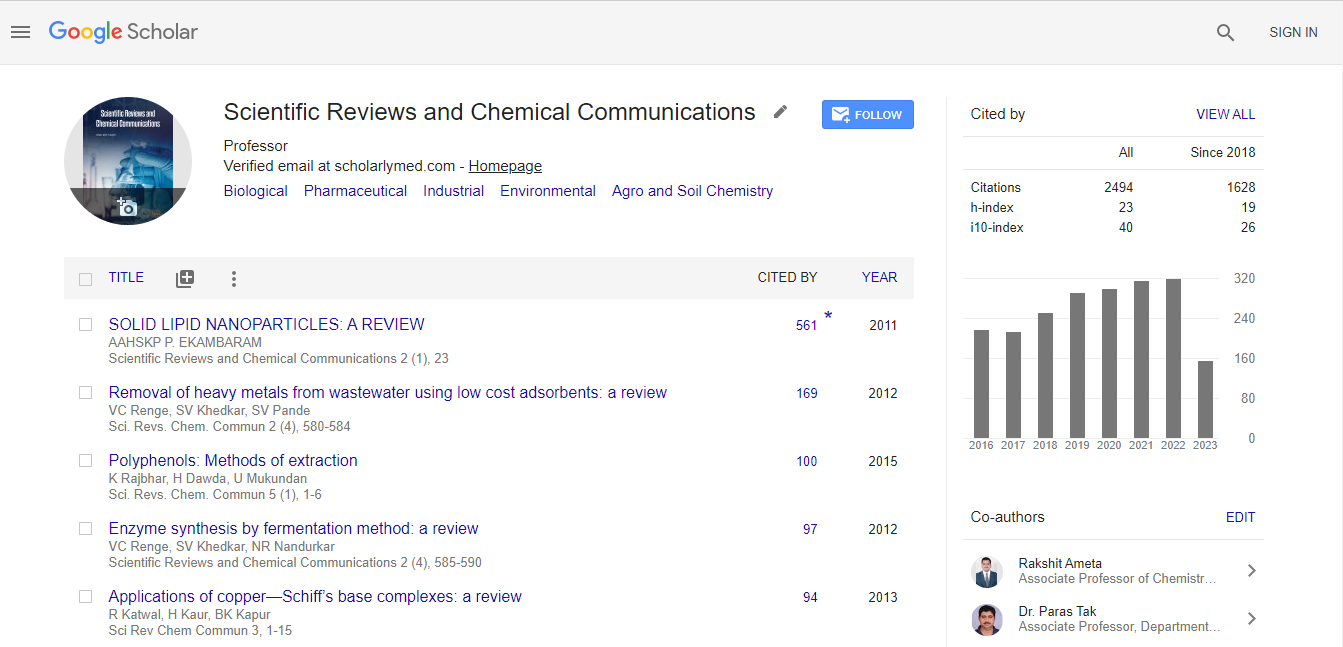Abstract
Enzyme Synthesis by Fermentation Method : A Review
Author(s): V. C. Renge, S. V. Khedkar and Nikita R. NandurkarEnzymes are proteins, which act as catalysts. Enzymes lower the energy required for a reaction to occur, without being used up in the reaction. Many types of industries, to aid in the generation of their products, utilize enzymes. Examples of these products are; cheese, alcohol and bread. Fermentation is a method of generating enzymes for industrial purposes. Fermentation involves the use of microorganisms, like bacteria and yeast to produce the enzymes. There are two methods of fermentation used to produce enzymes. These are submerged fermentation and solid-state fermentation. Submerged fermentation involves the production of enzymes by microorganisms in a liquid nutrient media. Solid-state fermentation is the cultivation of microorganisms, and hence enzymes on a solid substrate. Carbon containing compounds in or on the substrate are broken down by the microorganisms, which produce the enzymes either intracellular or extracellular. The enzymes are recovered by methods such as centrifugation, for extracellularly produced enzymes and lysing of cells for intracellular enzymes. Many industries are dependent on enzymes for the production of their goods. Industries that use enzymes generated by fermentation are the brewing, wine making, baking and cheese making.

